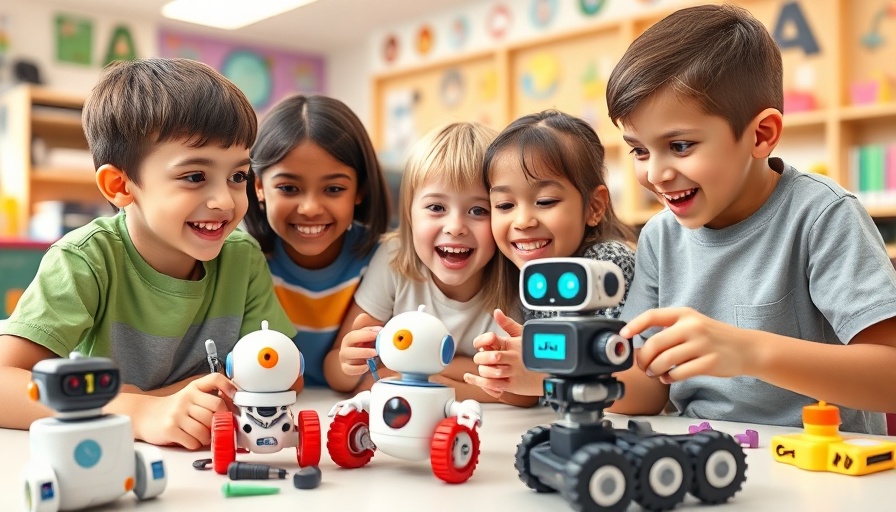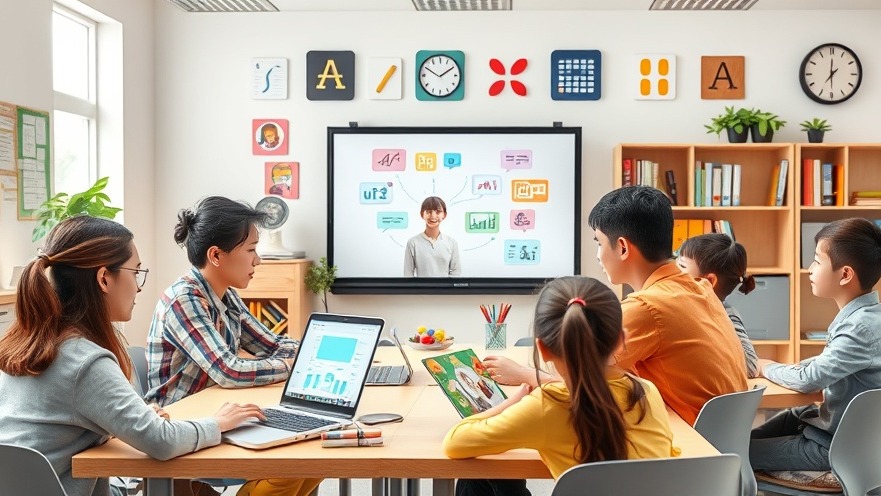
Empowering Young Learners Through Play
Imagine a classroom buzzing with excitement as children explore the world of coding without the distraction of screens. This is exactly the promise of Wizbot, a screen-free robot designed for kids aged 4 to 10 that employs button-based coding to make learning both fun and effective.
Wizbot stands as a testament to the growing trend of play-based learning, which has proved invaluable in developing essential cognitive, social-emotional, and motor skills among young learners. As studies highlight, such an engaging approach nurtures the natural curiosity in children, facilitating a deeper understanding of fundamental concepts in Foundational Literacy and Numeracy (FLN) and Computational Thinking (CT).
The Science Behind Play-Based Learning
Before diving deeper into how Wizbot works, it's essential to underline why play-based learning is crucial during early childhood. Neuroscience research indicates that the first six years of life are essential for brain development, establishing the groundwork for physical, cognitive, socio-emotional, and language skills. Providing quality Early Childhood Care and Education (ECCE) during this formative period can create lasting impacts on a child’s growth.
Moreover, the National Education Policy (NEP) 2020 and the NIPUN Bharat Mission have further emphasized play-based approaches in their educational frameworks, promoting not only engagement through toys and activities but also skills like computational thinking through hands-on exploration.
A Closer Look at Wizbot's Features
Wizbot is innovative in its approach by incorporating the CPA (Concrete-Pictorial-Abstract) methodology, which aids children in learning through familiar physical interactions. This step-by-step engagement fosters a strong grasp of coding concepts, first through physical toys, progressing to visual representations, and finally enabling logical reasoning through abstract problem-solving.
In its Grid Mode, Wizbot navigates grid-based challenges, integrating counting, math, and letters as children guide its movements. This format not only makes learning a game but actively engages children in critical thinking. Alternatively, in Draw Mode, Wizbot transforms into an artist, allowing kids to create simple to complex drawings, thus strengthening their fine motor skills and artistic expression.
The Broader Educational Implications
Wizbot is more than just a toy; it’s aligned with the global push towards enhancing STEM education from an early age. As similar innovations like KinderLab’s KIBO demonstrate, a screen-free approach not only captivates attention but serves as an engaging platform for children to master vital coding skills. By bridging playful learning with structured educational goals, tools like Wizbot prepare children for future successes in STEAM fields.
Real-World Applications of Wizbot
Wizbot’s implementation in classrooms is designed to support teachers through a comprehensive curriculum offering over 25 hands-on story-based activities tailored for young learners. This program aligns with UNESCO’s ECCE goals, providing necessary teaching materials in regional languages to ensure inclusivity.
As parents and educators begin to embrace tools such as Wizbot, we see a shift in educational paradigms, where playful exploration is increasingly recognized as essential in developing the skills necessary for the future. By promoting teamwork, communication, and empathy, Wizbot assists in preparing children for the dynamic challenges they will face in the coming years.
Conclusion: The Future of Learning with Wizbot
In conclusion, Wizbot represents a significant step forward in educational technology by combining play with foundational skill building in a productive, screen-free environment. As educators and parents, investing in such transformative tools is essential to foster curiosity and creativity within our youngest learners. Ready to make learning an adventurous journey for your children? Consider introducing Wizbot at home or in your classroom and witness the delightful fusion of learning through play.
 Add Row
Add Row  Add
Add 




 Add Row
Add Row  Add
Add 

Write A Comment